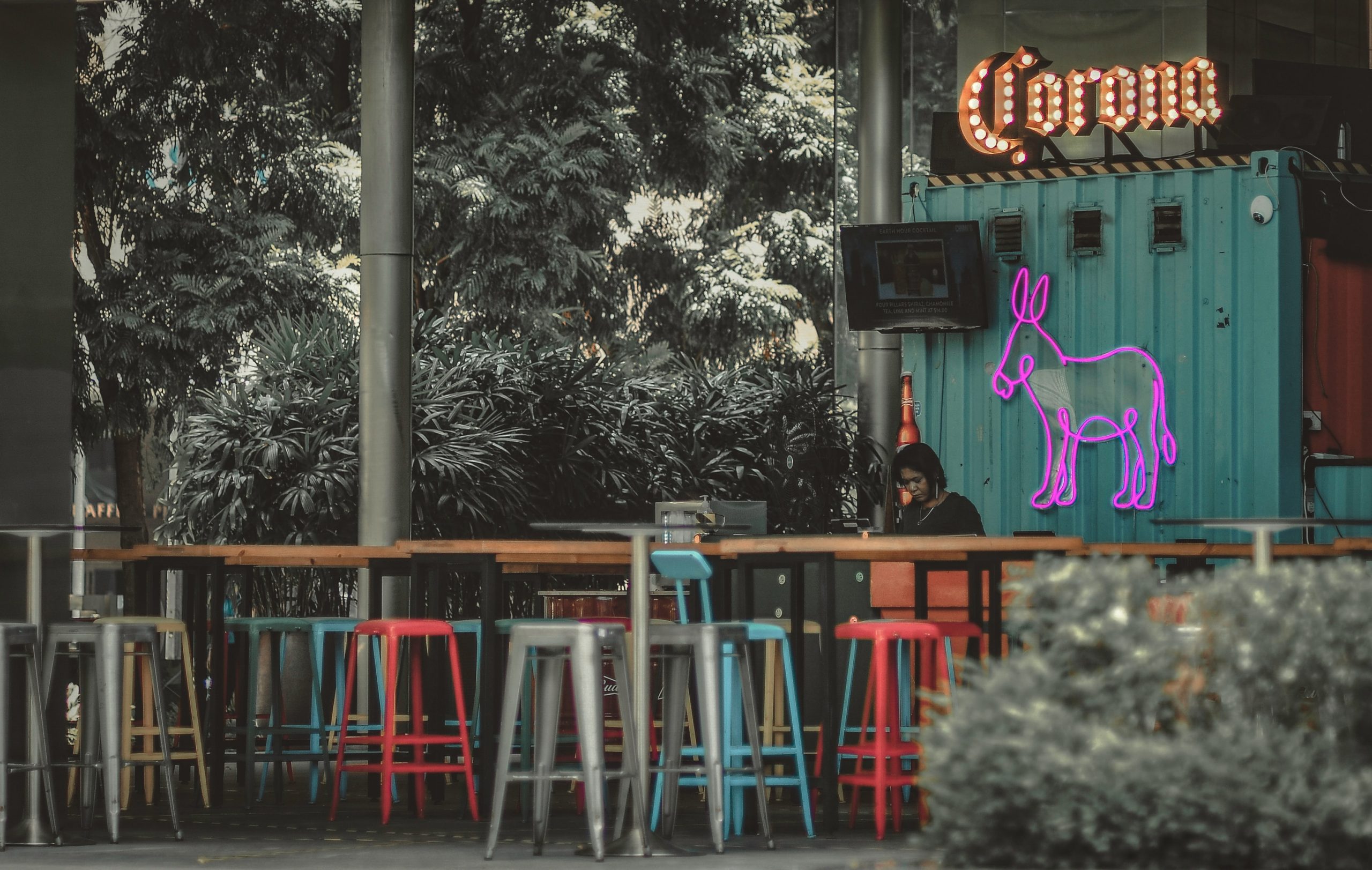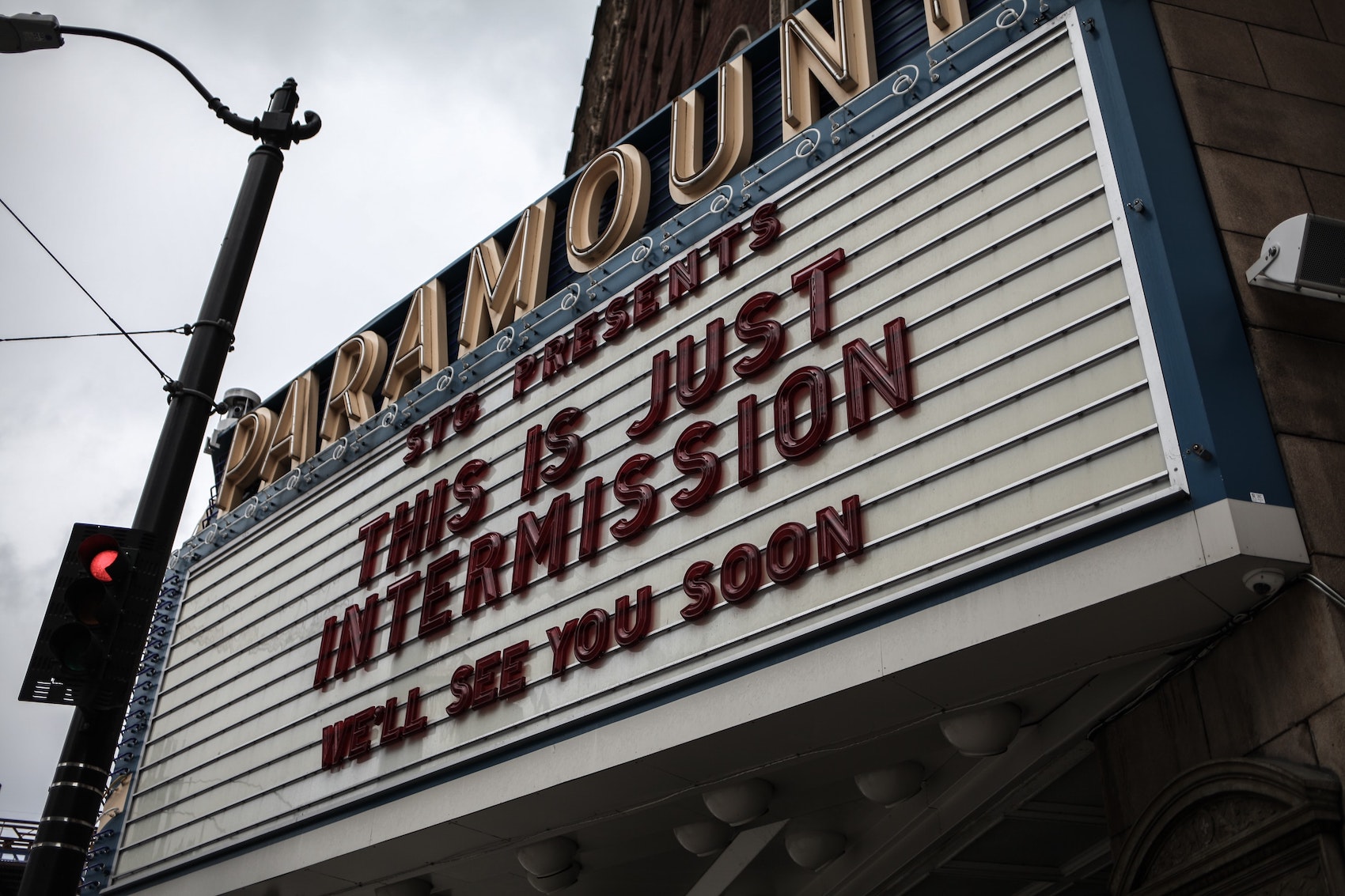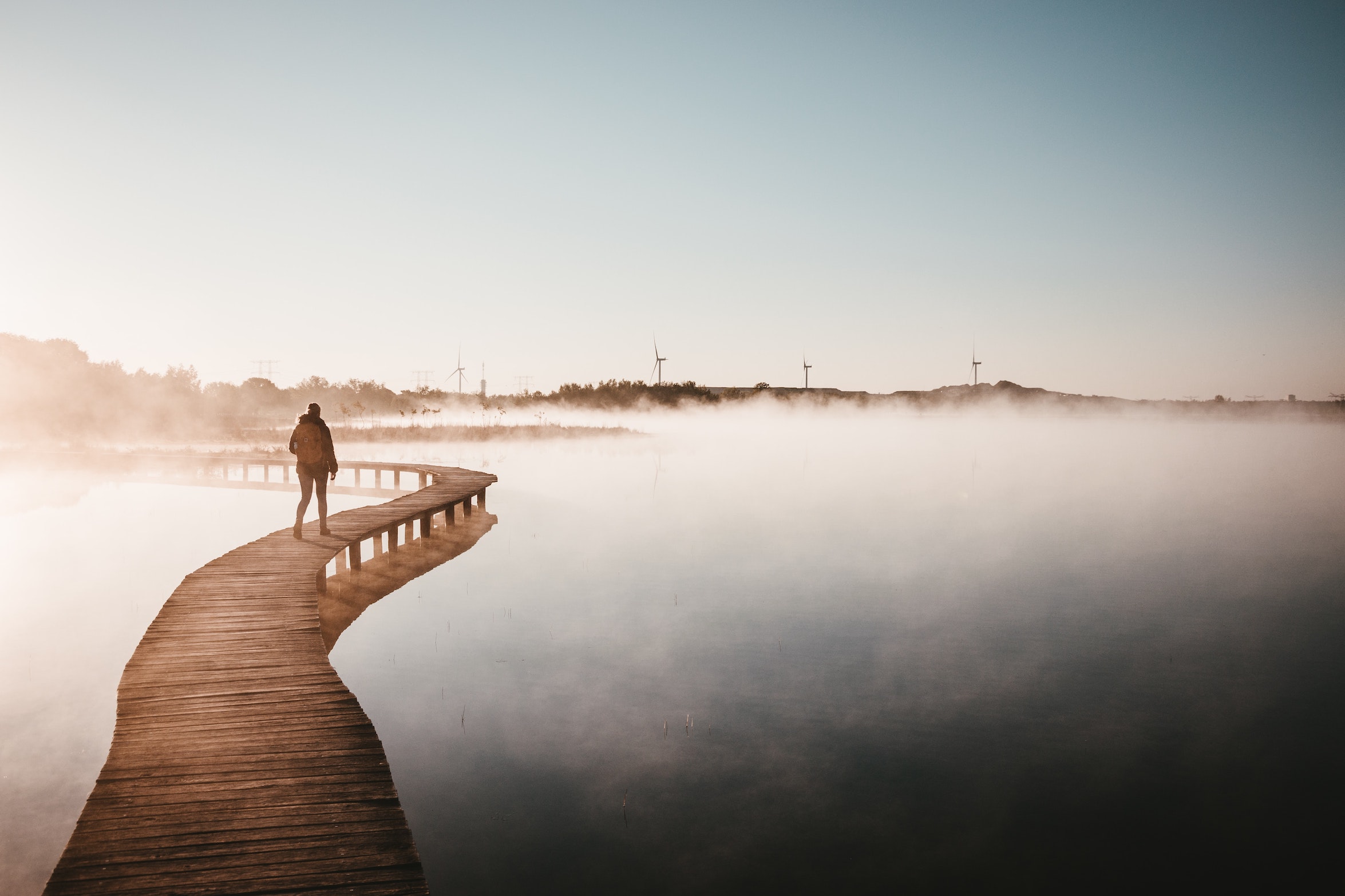Building the Plane While You Fly: The Road to Recovery for Tourism

Since COVID-19 reared its ugly head and flipped the script for travel and tourism destinations across the globe, industry leaders have been quick to adopt revised marketing strategies to address the shift in consumer behavior. For many, this plan incorporates a phased approach towards reopening and welcoming back travelers with new safety precautions in place. The Colorado Tourism Office, for example, adopted a route called “Wait, Ready, Set, Go”, which spans the initial travel hiatus to the inevitable rebound of tourism and business as usual. The good news is that most believe we’re past the first phase and onto the next where we can expect to see early adopters of travel making their way to nearby, familiar and less risky destinations.
The truth about the road to recovery is that no destination’s situation is the same. For that reason, we’re here to offer some guidance.
Learn How to Read the Room

For destination marketing organizations and large attractions, hearing and conversing with your stakeholders is paramount. That means taking a moment to acknowledge: As a destination, are we ready to welcome back visitors? Are the community members (hoteliers, residents, and local businesses) comfortable with letting tourism resume? Lastly, are the consumers even ready to travel? Once the stars align, it’s likely ready to shift marketing communications. If you’re not sure how to answer these questions, we’d recommend starting with travel sentiment reports compiled by market researchers like MMGY and Longwoods International, sending your stakeholders surveys, or simply by taking the time to connect with these members.
Envision Your Reopening Experience

Once you’re up-to-date on your respective travel sentiment, it’s time to envision what your specific version of tourism will look like in today’s modified world. Outdoor destinations are fortunate to have activities that will attract early-adopters of travel, such as open-air activities like hiking, cycling, running, fishing and camping. Others need to consider how their destinations can adapt to mitigate risk for consumers and their locals alike while explaining this new marketing product. Consumers are increasingly seeking this information out, as it allows them to make an educated decision about where they can travel safely and what to expect. For example, Colorado Springs has done a great job of showcasing their current travel experiences under Governor Polis’ “Safer at Home” phase of reopening. It includes mention of attractions that are open with social distancing in place, available dining and lodging options in the area, ways to support local business, and more.
Chart Your Course

Once these stars align, it’s time to plan ahead and look out for different indicators of a tourism rebound. The road ahead will be a long and windy one, but by proactively planning out each phase destinations can attempt to increase brand awareness, ease the pressure on their local economy, and replenish the impact left by the pandemic. Not everyone’s route will be the same, but by building a phased approach to recovery you can carefully allocate marketing spend where it matters most while staying nimble to these ambiguous times.
As always, our team is here to help. Since the start of the outbreak we’ve been helping our clients pivot where necessary in order to keep moving forward. If you’re interested in chatting with us, we’re here for a complimentary discussion. Head to our website to get the ball rolling: